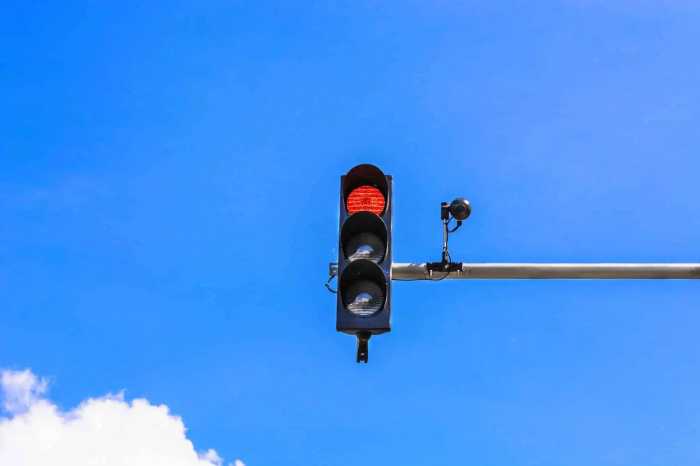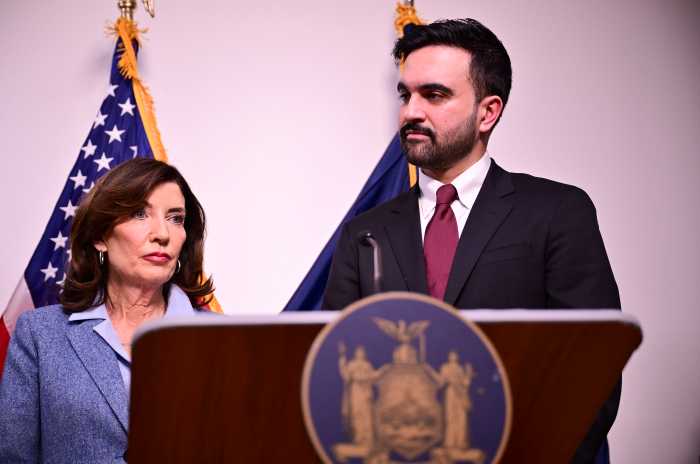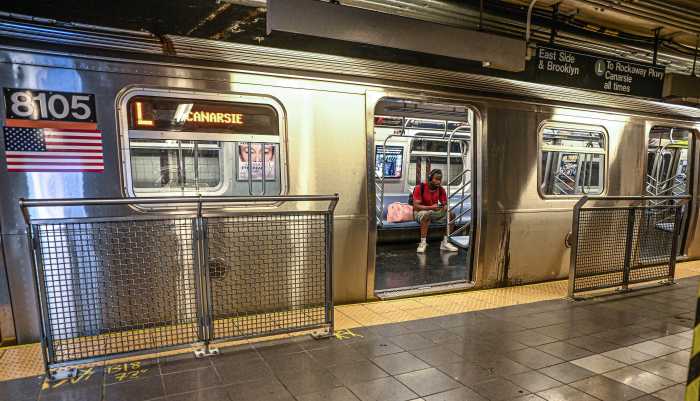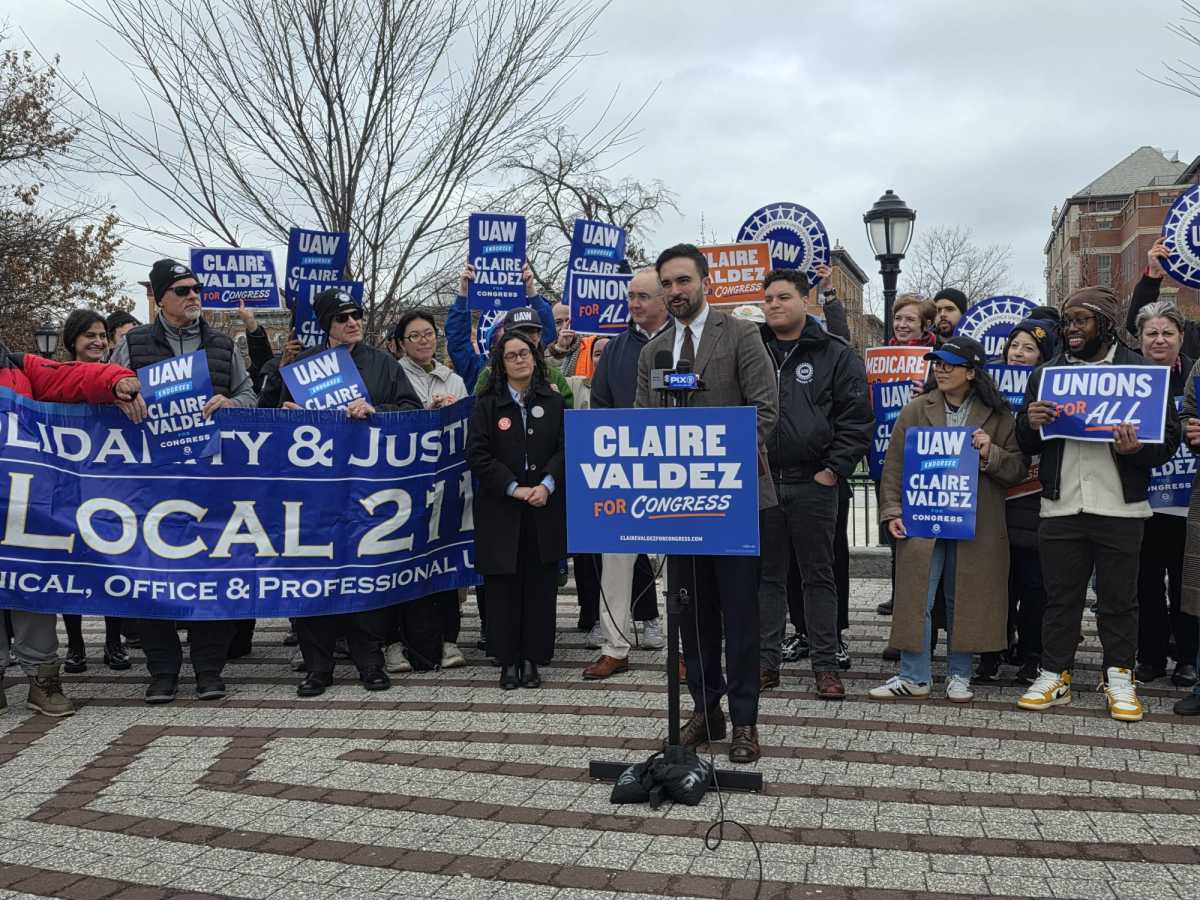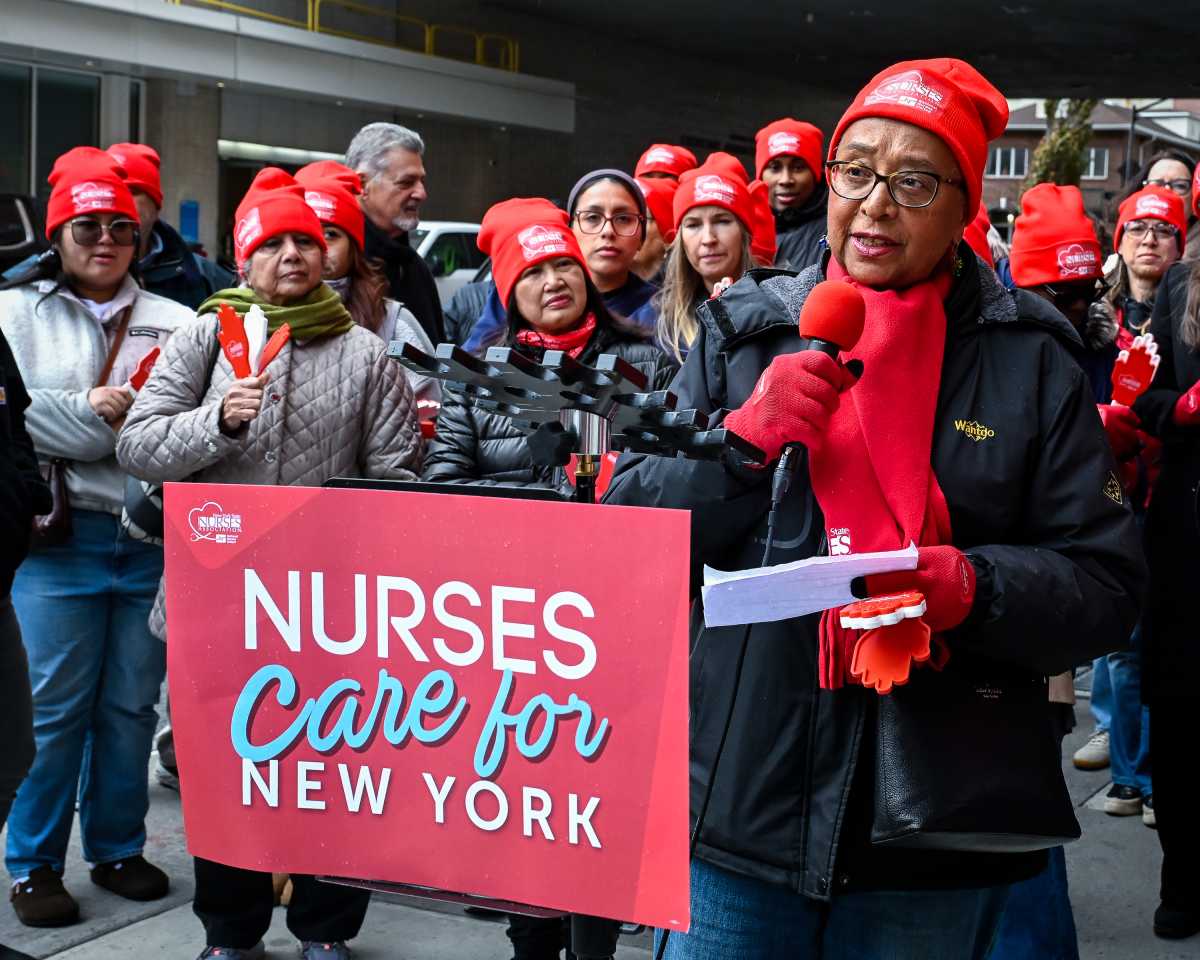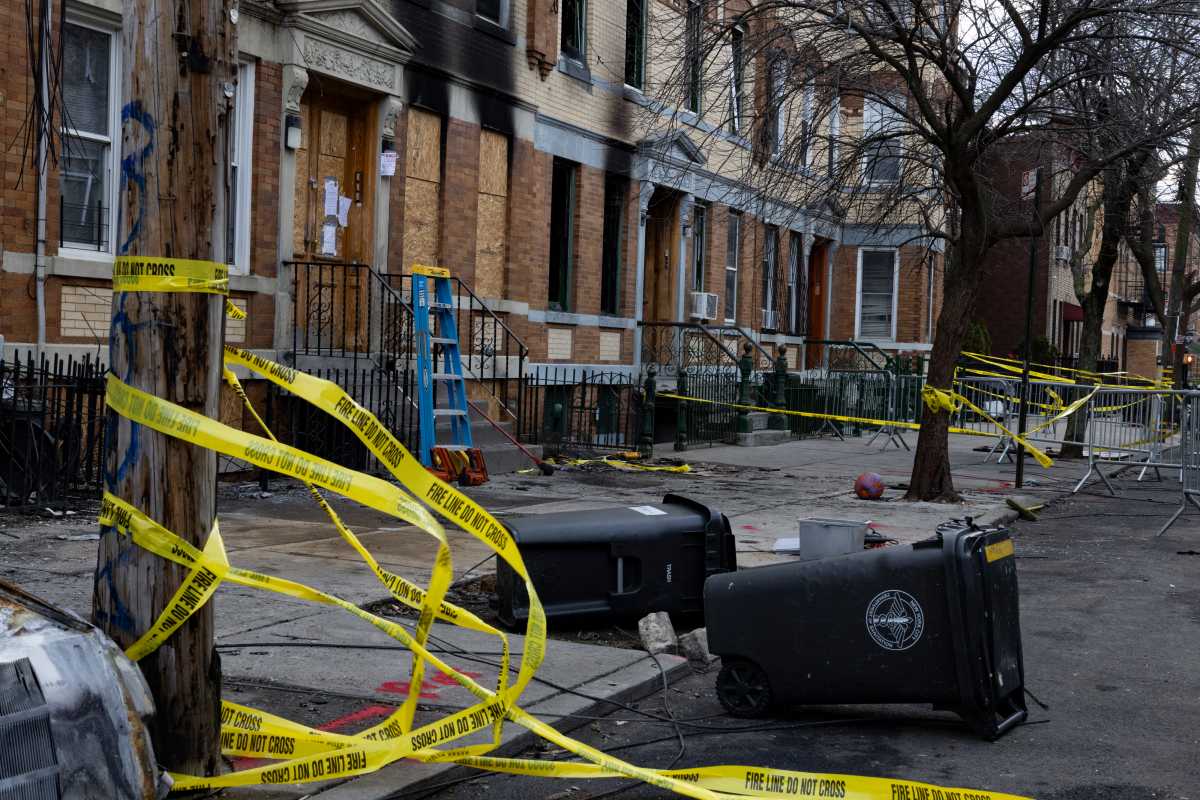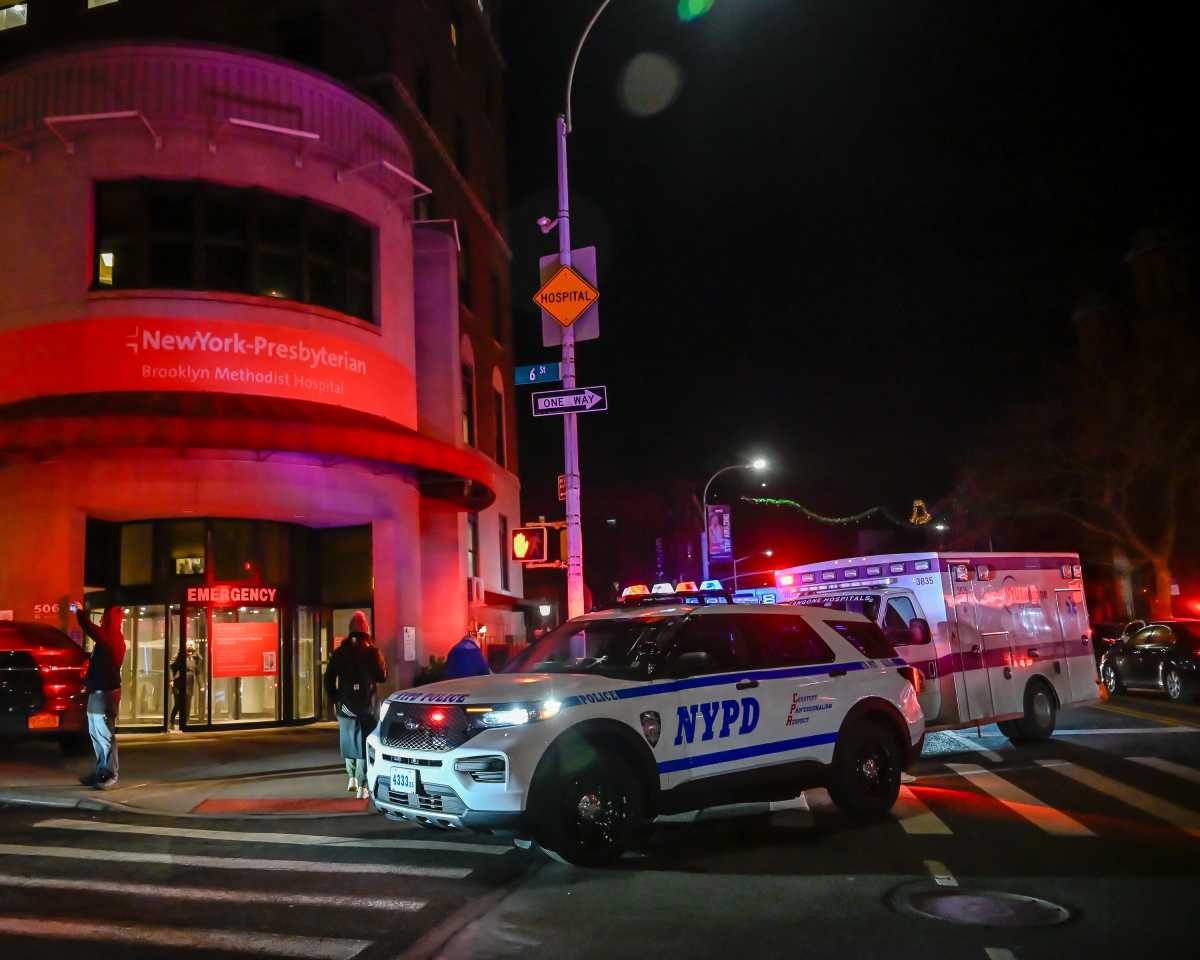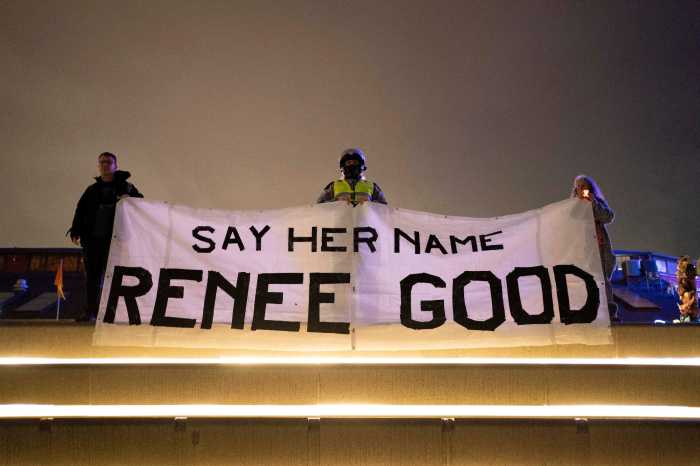
The City Council on Wednesday passed bills geared toward better informing frazzled commuters displaced by the L train shutdown coming next April.
One bill requires the creation of an “ombudsperson” position at the city’s Department of Transportation to monitor progress of the L’s Canarsie Tunnel rehabilitation while also fielding and investigating complaints related to the work and alternative service plans for the roughly 225,000 daily riders who rely on the line to get across the East River.
“Understandably, New Yorkers on both sides of the East River are getting more and more anxious about what some people are calling the ‘L-pocalypse.’ I understand their concerns and I share it with them,” said Council Speaker Corey Johnson, who lives a block from the L’s Eighth Avenue station. Johnson said he’s on board with an ombudsperson overseeing the various modes of transportation alternatives — from buses, bike-share, ferries and possibly even scooter-sharing.
“The person better be full-time,” Johnson half-joked. “[DOT’s] probably going to need more than one person.”
DOT Commissioner Polly Trottenberg will be tasked with appointing someone to the position.
Another bill mandates that the DOT create information centers in Brooklyn and Manhattan during what will be a 15-month shutdown from the Bedford Avenue station through Manhattan.
“As the city prepares for the L train tunnel shutdown, we will continue to work with the Council to ensure information is reaching those most affected by this closure,” said Seth Stein, a spokesman for Mayor de Blasio, in a statement. “These bills are a reflection of that work, and we support them.”
Councilman Ydanis Rodriguez, chair of the Transportation Committee, said he is confident in the MTA and DOT alternative service plan, and both he and Johnson felt assured that the MTA would get the work done on time. If the contracting team of Judlau Contracting and TC Electric fail to meet the July 2020 deadline for restoring, it would be fined $410,000 per each additional day of work.
“I hope, again, that with these two bills we’ll be able to work with the DOT and the MTA to be sure that there’s a plan to continue informing all residents and riders who’ve been using that corridor of transportation,” Rodriguez said.
The Council also passed a resolution from Brooklyn Councilman Rafael Espinal, calling on the MTA to make an “expeditious transition” to a zero-emission, electric bus fleet for the L train shutdown. Earlier this year, the MTA began testing 10 electric buses for a three year pilot set to end after the shutdown.
“Looking at the neighborhoods impacted by shutdown, they’re communities with worse air quality. But we also must remember that the Canarsie Tunnel sustained damage from Hurricane Sandy, which was a result of climate change,” Espinal said. “So I believe . . . bringing in 200 diesel buses is a backward approach dealing with the shutdown.”
Jon Weinstein, an MTA spokesman, said in a statement that “the MTA is a leader in North America in implementing emerging all-electric bus technology and will have a number of these buses deployed on mitigation routes during the L-train repair work.”
“We are currently testing 10 electric buses, we will deploy an additional 15 articulated electric buses for 14th Street SBS during the closure, and have funding to purchase dozens more in the current capital program,” he continued.



